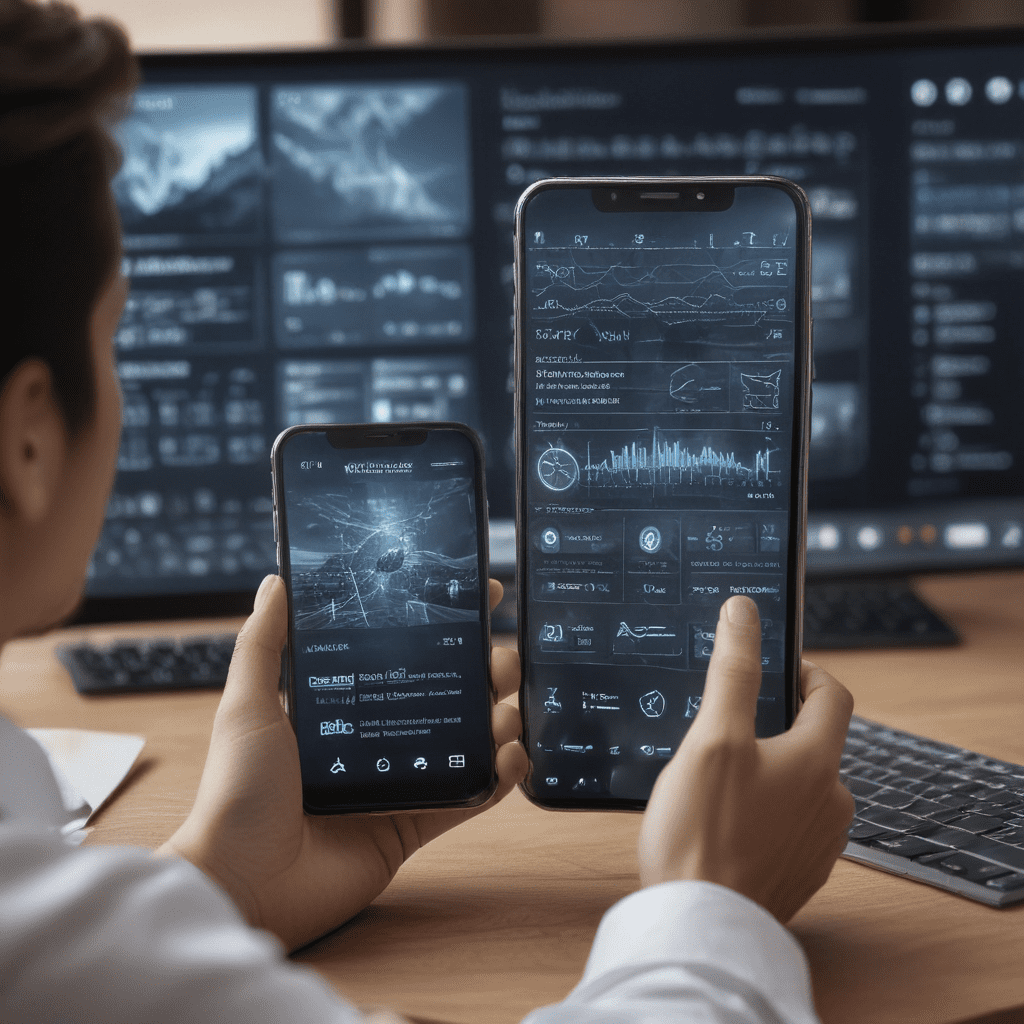1. Introduction
Mobile applications have revolutionized the transportation landscape, empowering individuals with greater mobility and convenience. From ride-hailing services to navigation apps, mobile technology is reshaping how we get around, optimizing our commutes, and connecting us to transportation networks like never before.
2. The Transformative Power of Mobile Apps in Transportation
Mobile apps have transformed the transportation industry by introducing innovative solutions that address long-standing challenges. They have increased accessibility to transportation services, reduced congestion, and provided real-time information to travelers. Ride-hailing apps have disrupted traditional taxi services, offering greater flexibility and cost efficiency. Navigation apps have made it easier to explore new destinations and optimize routes, while smart parking apps have eased the burden of finding parking spaces in crowded urban areas.
3. User-Centric Design Principles for Transportation Apps
Successful transportation apps prioritize user experience, focusing on intuitive interfaces, personalized recommendations, and seamless integration with other services. They employ user-centric design principles that consider the diverse needs and preferences of travelers, including accessibility features for individuals with disabilities. By understanding user pain points and addressing them through innovative solutions, transportation apps enhance the overall mobility experience.
4. Ride-Hailing and On-Demand Services
Ride-hailing apps like Uber and Lyft have become ubiquitous in cities worldwide, providing on-demand transportation services that are convenient, affordable, and reliable. They have disrupted the traditional taxi industry by offering real-time ride bookings, cashless payments, and driver ratings. On-demand services extend beyond ride-hailing, encompassing food delivery, grocery shopping, and other errands. These apps leverage GPS technology and efficient logistics to fulfill user requests promptly and conveniently.
5. Public Transportation Optimization
Mobile apps have revolutionized public transportation by providing real-time tracking, route planning, and payment options. Users can access up-to-date information on bus, train, and subway schedules, plan their trips efficiently, and purchase tickets or passes through the app itself. This has greatly improved the accessibility, reliability, and convenience of public transportation, encouraging more people to opt for sustainable and cost-effective commuting options.
6. Mobility-as-a-Service (MaaS) Platforms
Mobility-as-a-Service (MaaS) platforms integrate various transportation options into a single, seamless experience. They allow users to plan, book, and pay for multiple modes of transportation, such as public transit, ride-hailing, and car rentals, through a single app. MaaS platforms empower travelers with greater flexibility and convenience, enabling them to optimize their commutes and reduce the need for car ownership.
7. Navigation and Mapping Solutions
Mobile navigation and mapping apps have become indispensable tools for travelers, providing real-time directions, traffic updates, and detailed maps. These apps leverage GPS technology and crowdsourced data to offer accurate and up-to-date information on road conditions, estimated travel times, and alternate routes. They also incorporate features such as voice navigation, points of interest, and offline map downloads, enhancing the overall travel experience.
8. Smart Parking and Traffic Management
Smart parking apps address the perennial challenge of finding parking spaces in congested urban areas. They provide real-time information on parking availability, parking rates, and navigation to nearby parking facilities. By optimizing parking management, these apps reduce congestion, save time, and improve the overall mobility experience. Traffic management apps, on the other hand, provide real-time traffic updates, incident alerts, and alternative routes to help drivers avoid congestion and optimize their commutes.
9. Accessibility and Inclusion for All
Mobile app development for transportation must prioritize accessibility and inclusion for all users, including individuals with disabilities. This involves implementing features such as screen readers, voice commands, and high-contrast displays to ensure equal access to transportation services. Accessible apps empower individuals with disabilities to plan and navigate their journeys independently, promoting greater mobility and independence.
10. The Future of Mobile App Development for Transportation
The future of mobile app development for transportation holds exciting possibilities, driven by advancements in technology and the growing demand for seamless mobility solutions. Emerging technologies such as artificial intelligence (AI), blockchain, and autonomous vehicles are expected to revolutionize the transportation landscape, leading to even more personalized, efficient, and sustainable出行 solutions. Mobile apps will continue to play a pivotal role in shaping the future of transportation, empowering individuals with greater mobility, convenience, and accessibility.
Frequently Asked Questions (FAQs)
Q1. How do mobile apps improve the transportation experience?
A1. Mobile apps enhance transportation by providing real-time information, optimizing routes, and connecting users to various transportation services. They increase accessibility, reduce congestion, and improve overall mobility for travelers.
Q2. What are the benefits of ride-hailing apps?
A2. Ride-hailing apps offer convenient, affordable, and reliable on-demand transportation services. They disrupt traditional taxi services with real-time ride bookings, cashless payments, and driver ratings.
Q3. How do MaaS platforms benefit travelers?
A3. MaaS platforms integrate multiple transportation options into a single app, providing seamless planning, booking, and payment for various modes of transportation. They empower travelers with greater flexibility, convenience, and reduced car ownership needs.



